Only a few concept cars keep their looks into production after the market researchers and accountants have done their worst. The Audi TT Mk 1 (1999 to 2006) is one of them. It emerged blinking into the daylight in coupé form pretty much as motor show goers remembered it and was an instant hit.
Its secret was the way Audi blended the TT’s retro-styled aluminium body with proven Volkswagen Golf-sourced mechanicals. It sat on the Golf Mk4 platform and was powered by a choice of 1.8-litre turbocharged petrol engines, badged 180 and 225 in PS-speak (178bhp and 222bhp). Both were quattro four-wheel drive.
Click here to buy your next used car from Autocar
The quattro’s intelligent Haldex coupling feeds power to the rear wheels only in extremis so the TT is a front-driver in most conditions, which means it’s grippy, generally predictable and doesn’t trash tyres.
Depending on the model, gearboxes were a five or six-speed manual or a Tiptronic auto, with 0-62mph times ranging from 6.4sec to 8.1sec and economy hovering around the early 30s to the gallon.
A series of high-speed crashes soon after launch prompted Audi to recall cars to have ESP and a rear spoiler fitted. In addition to that first update, cars built between 1999 and 2000 were recalled for possible seizure of the rear axle ball joints.

In 2001 the Roadster, in 180 and 225 quattro forms, arrived. The next big moment in TT history was the launch in 2003 of the 247bhp 3.2 VR6 quattro Coupé and Roadster. It came with the Volkswagen Group’s radical new DSG dual-clutch automatic gearbox, which changed gears at lightning speed. The following year a six-speed manual was offered. With both ’boxes, 0-62mph took a shade over six seconds but, more important, the TT had grown into a genuine, long-distance GT car.
Unfortunately, that couldn’t be said of the cut-price, underpowered 148bhp (150PS) front-drive Roadster that arrived around the same time. The next year, another front-driver appeared in the shape of the wellequipped (Alcantara, no less) 180.
Was the TT going soft? Fortunately, not. In 2005, the 237bhp quattro Sport hove into view, shorn of the token rear seats and with two lightweight Recaros in the front. Distinguished by its two-tone body, it blitzed the 0-62mph dash in 5.7sec. Only around 800 made it to the UK, and if any TT has ‘future classic’ written on it, it is this. From 2005, the 150’s power was tweaked to 161bhp (163PS) and the 180’s to 187bhp (190PS). At the same time, the 225 bit the dust, leaving the VR6 and the Sport to fly the performance flag.


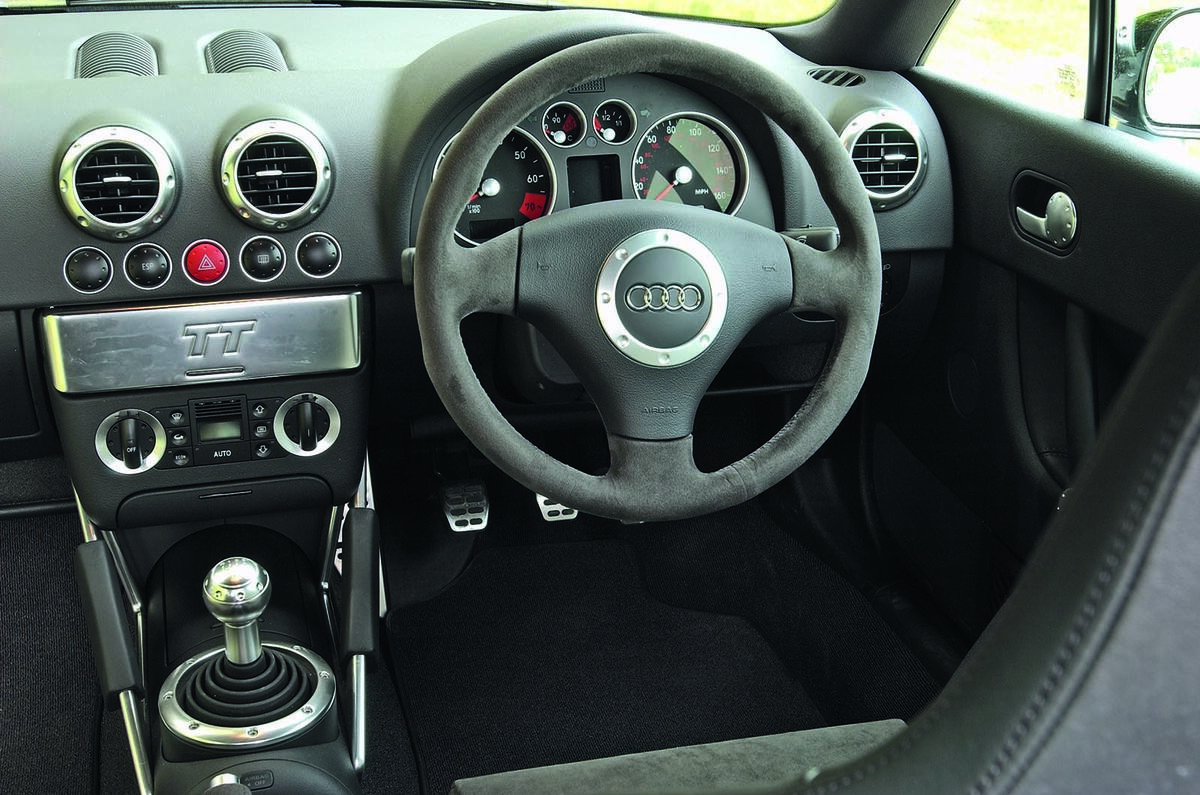
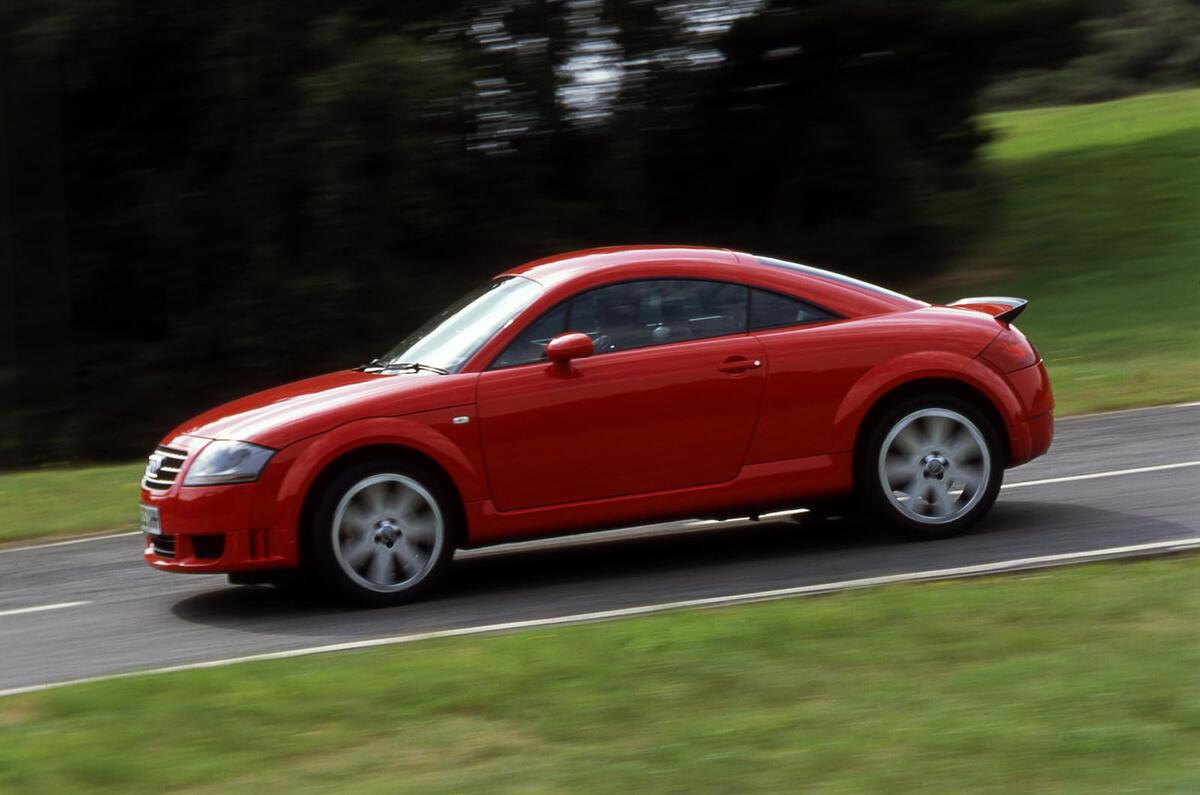
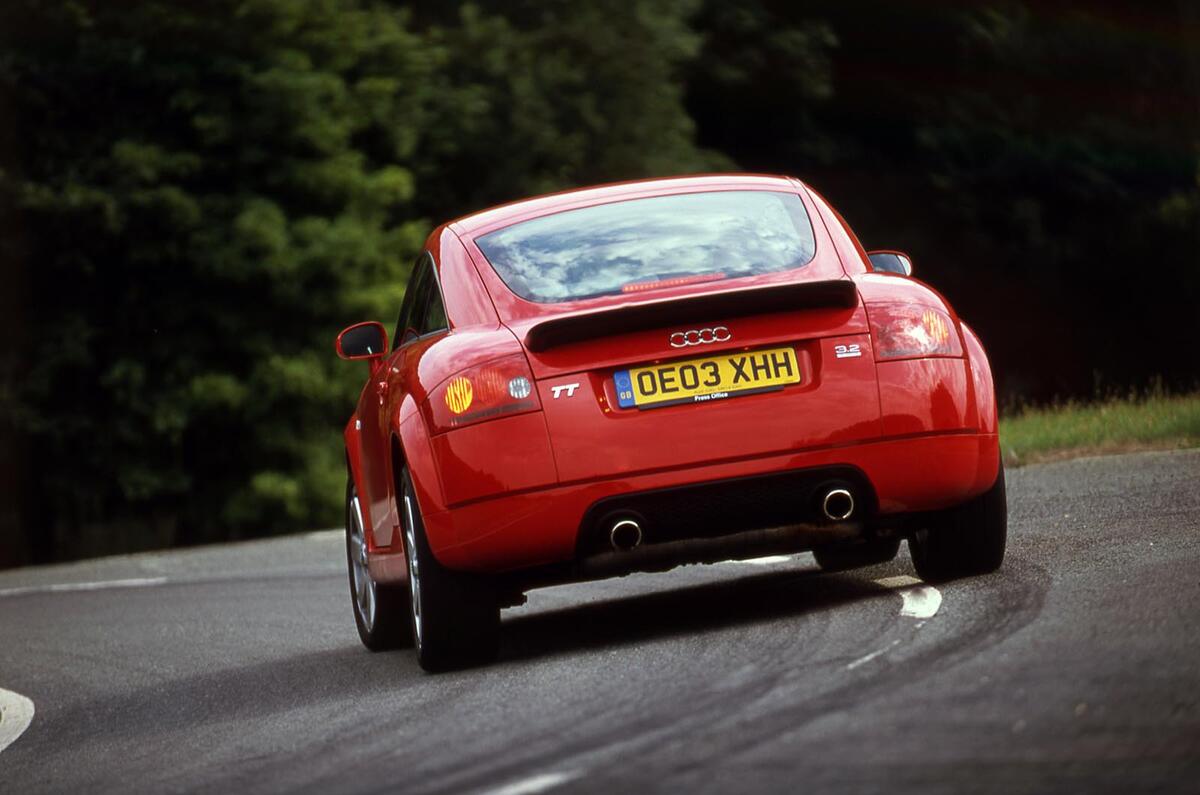
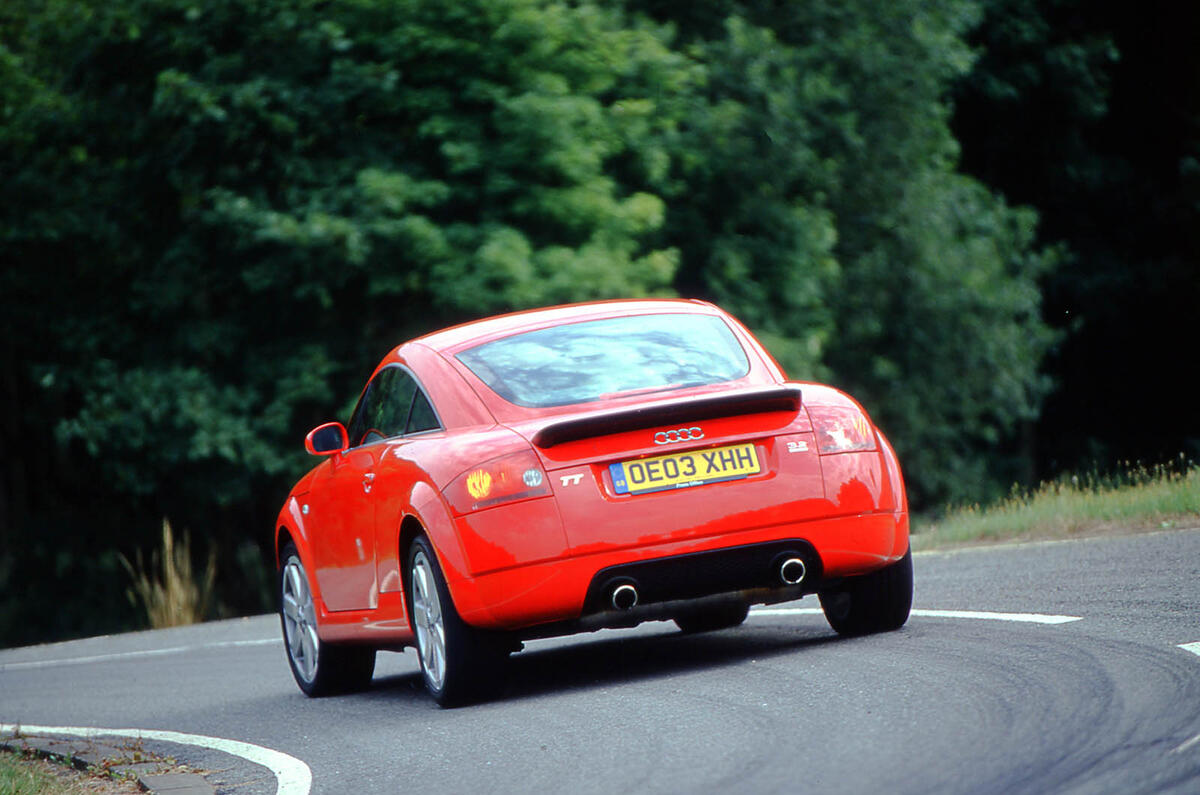


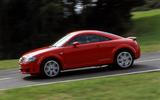

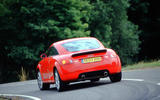

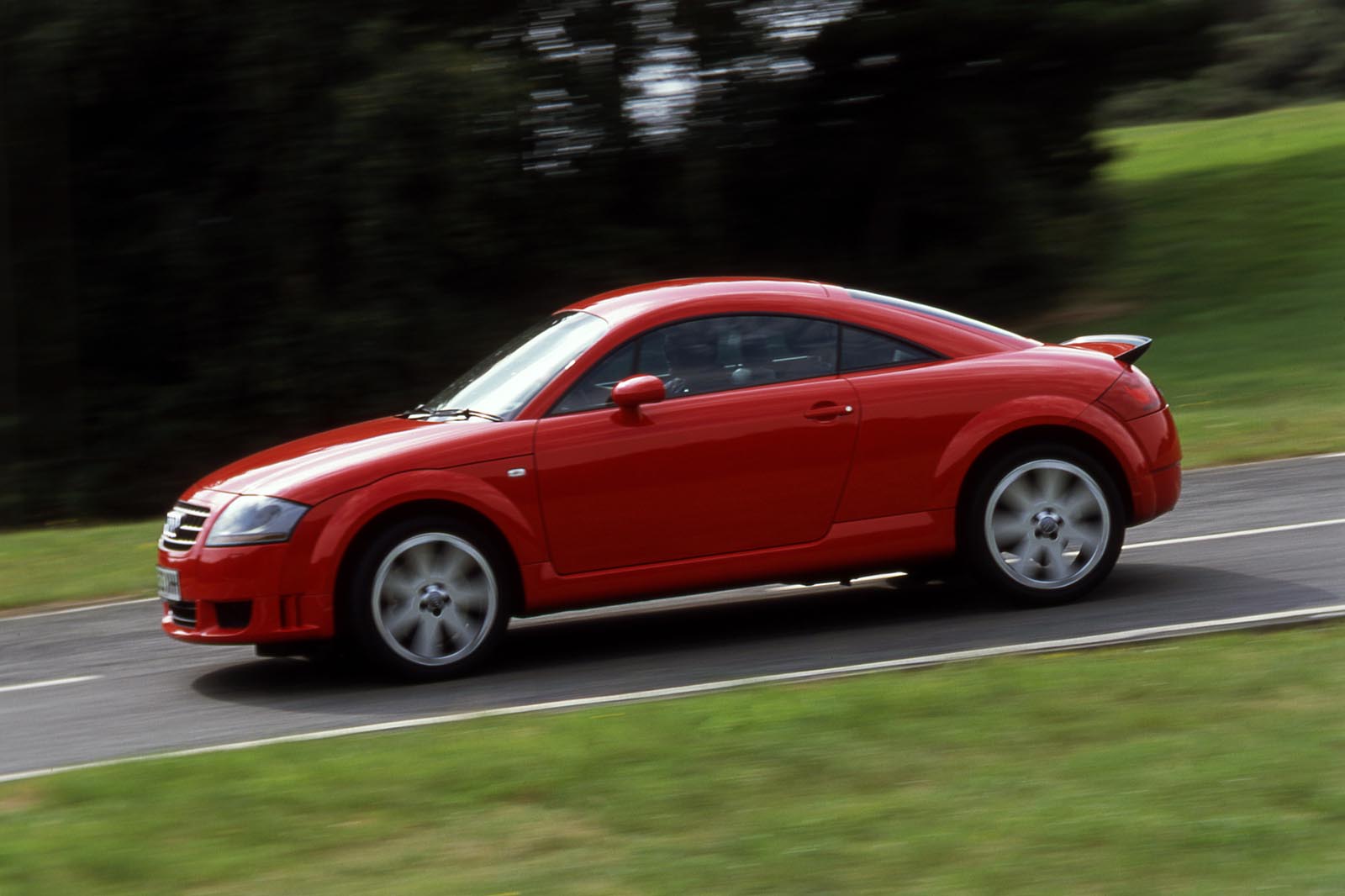


Join the debate
Add your comment
Body is made of what?
"Manuals are tough..." Really
Google '02M gearbox faults, problems' and see what appears.
In its infinite wisdom / Mk4 Golf cost-cutting era - the TT uses the Mk4 platform - VW decided to *rivet* the 1st-to-2nd-gear selector forks, rather than go to the epic expense of a Nylock nut 'n' bolt.
Consequently, the forks detach and fall into cogs, with the obvious consequence of a costly rebuild.
Coil packs will give no problems if the OE spec items have been replaced by latest spec supplied from a VW Group dealer.
Interesting article, shame about the lack of research.
Where did Autocar get this info from?